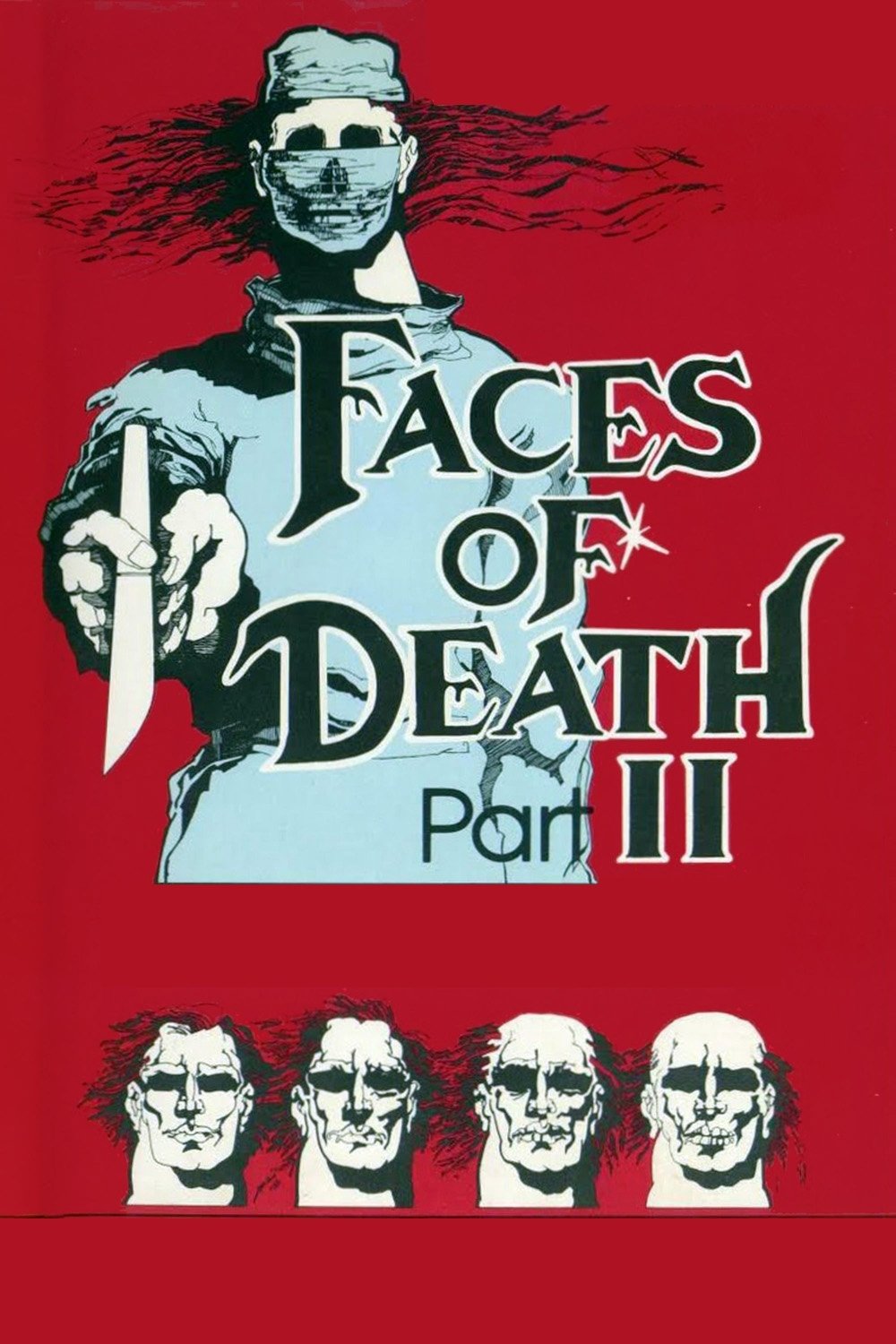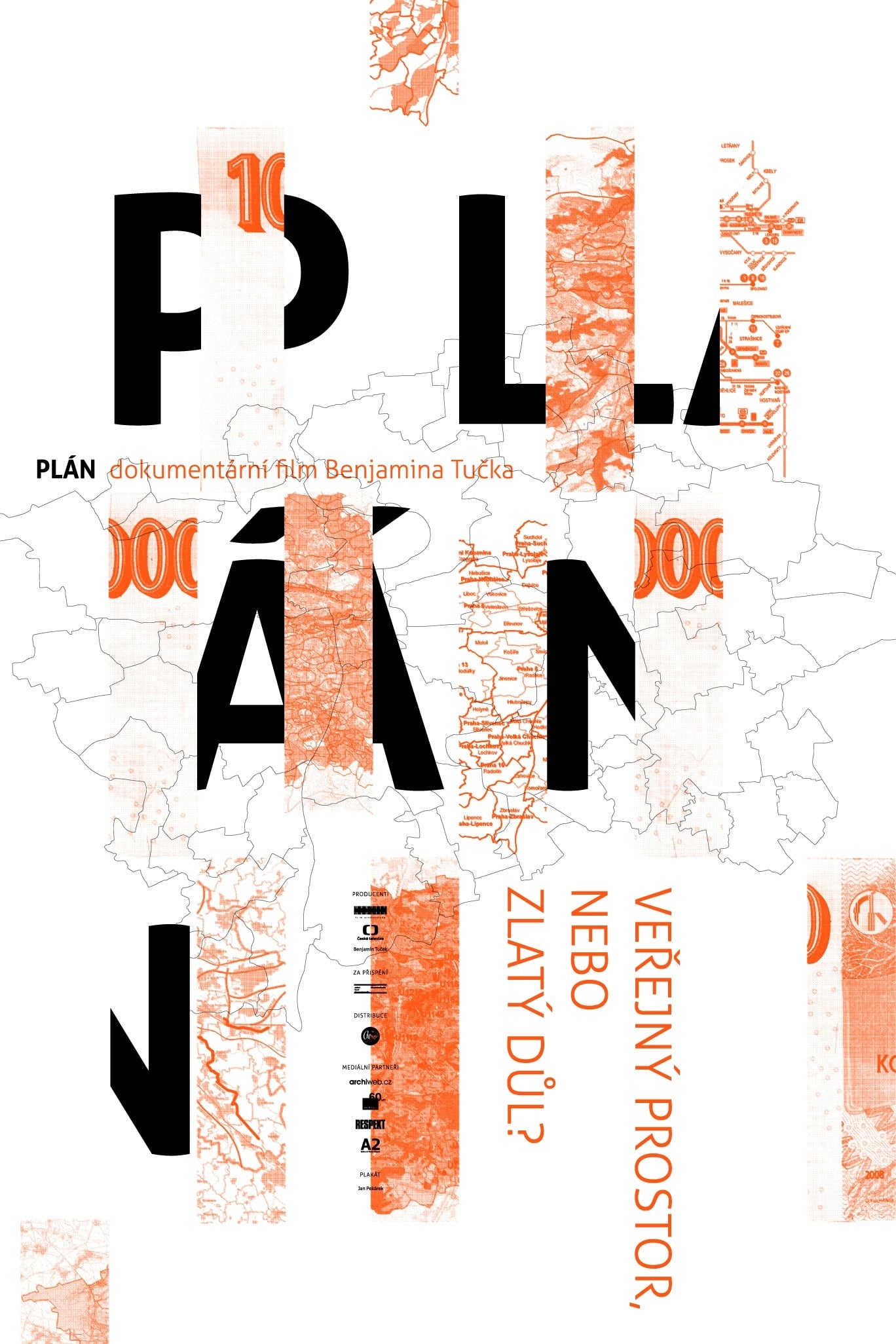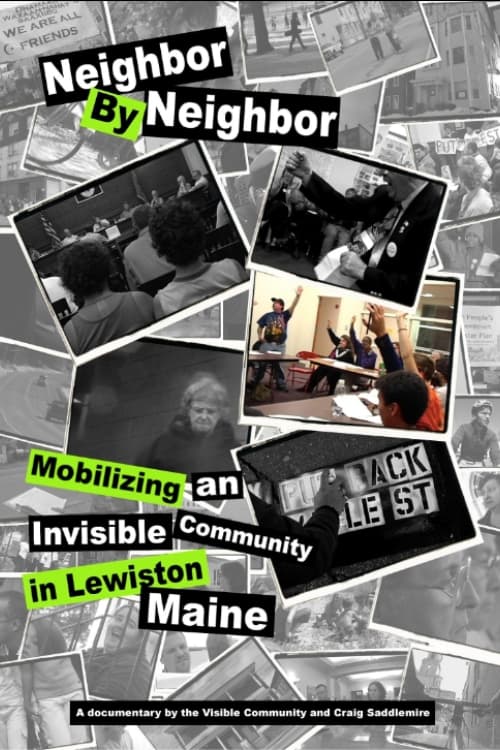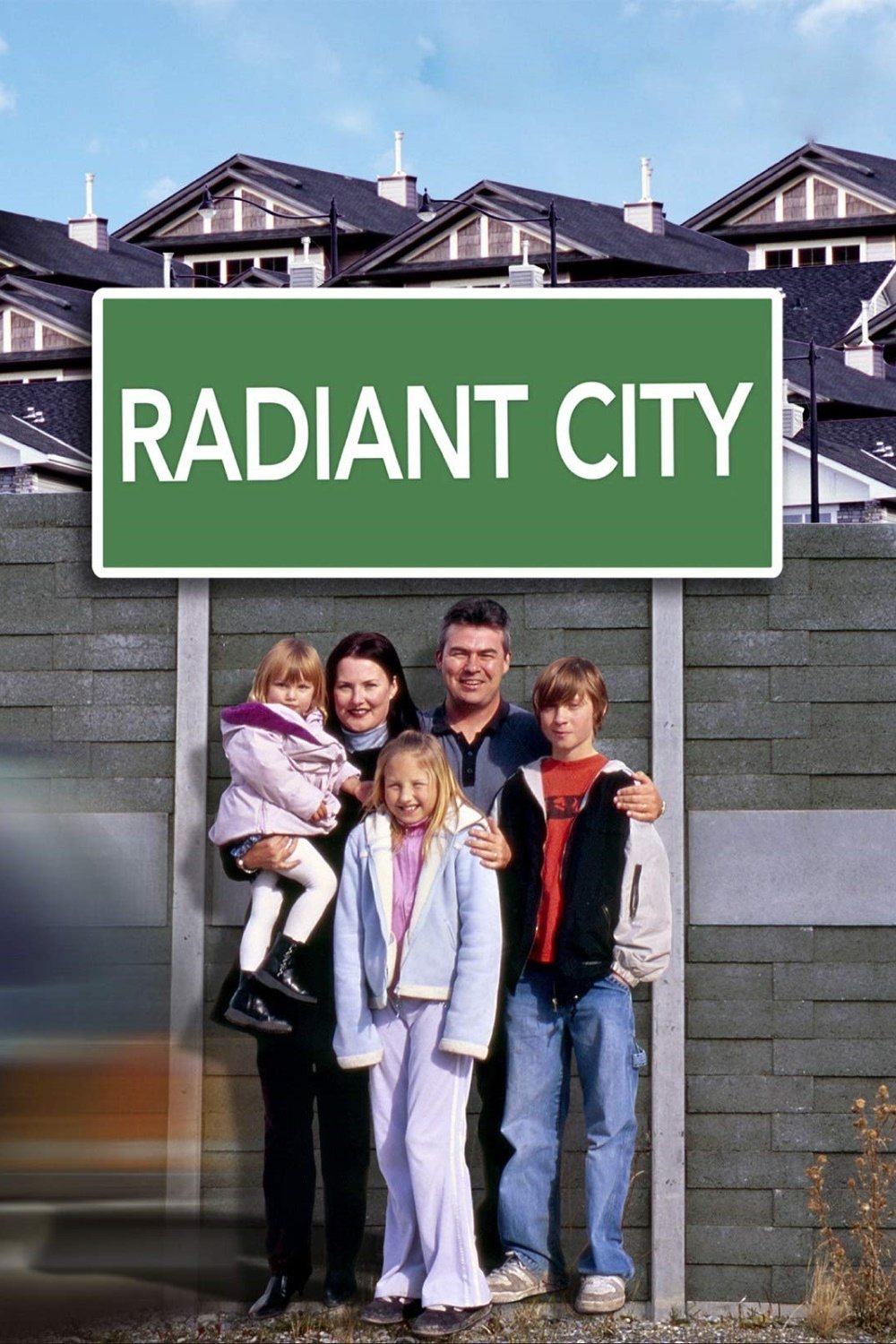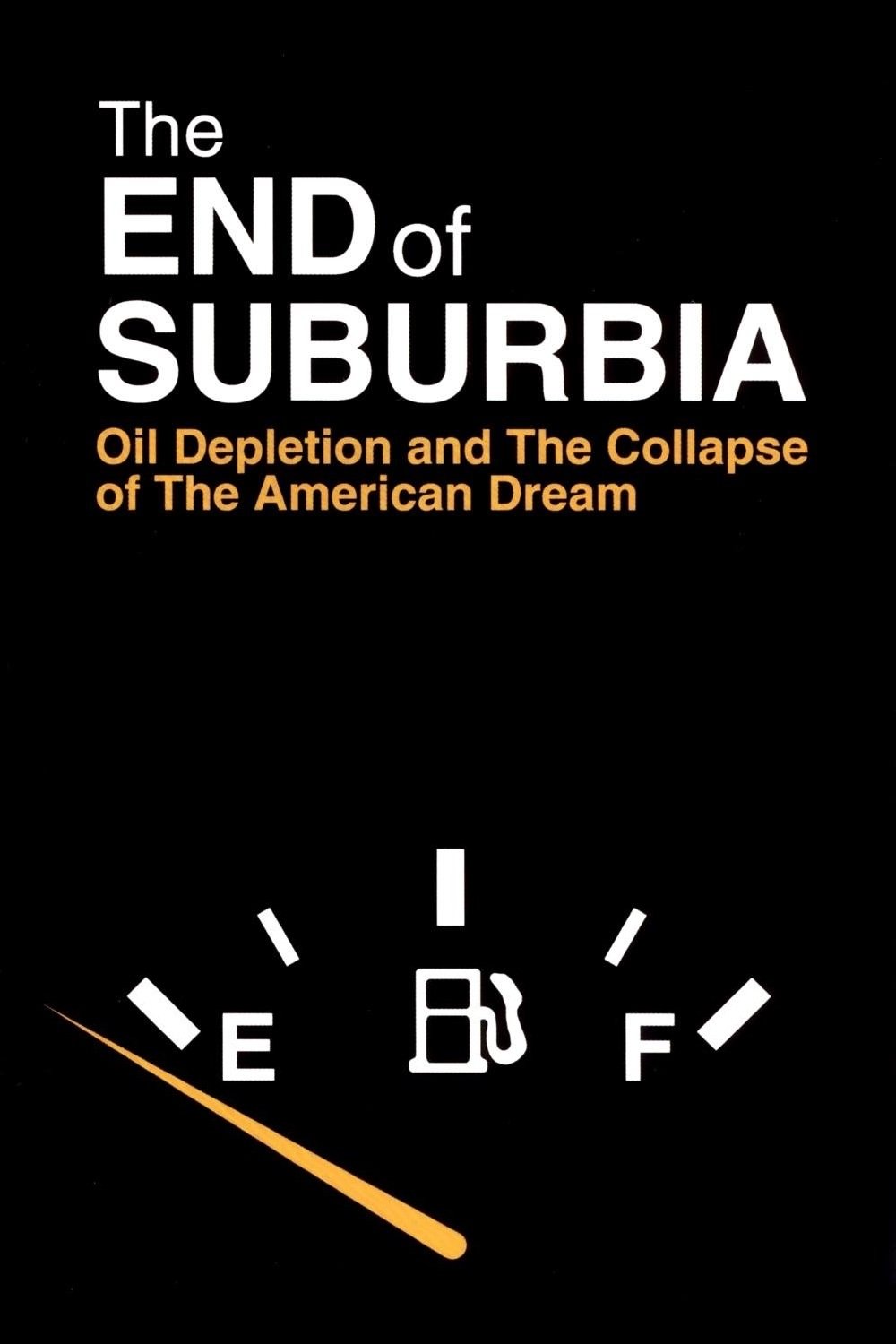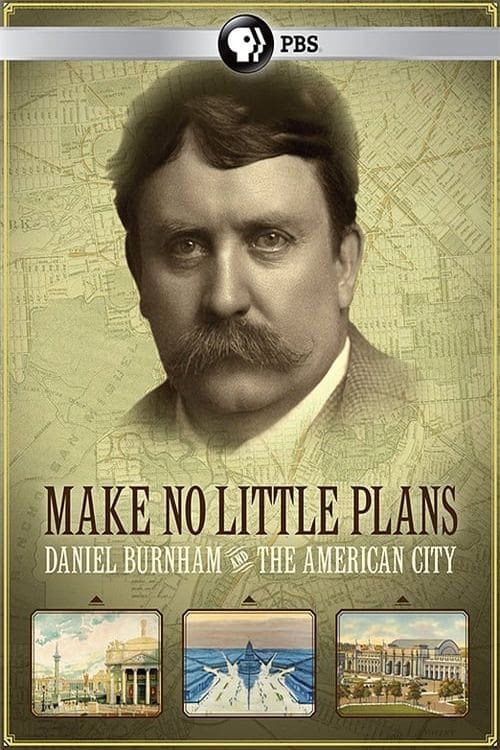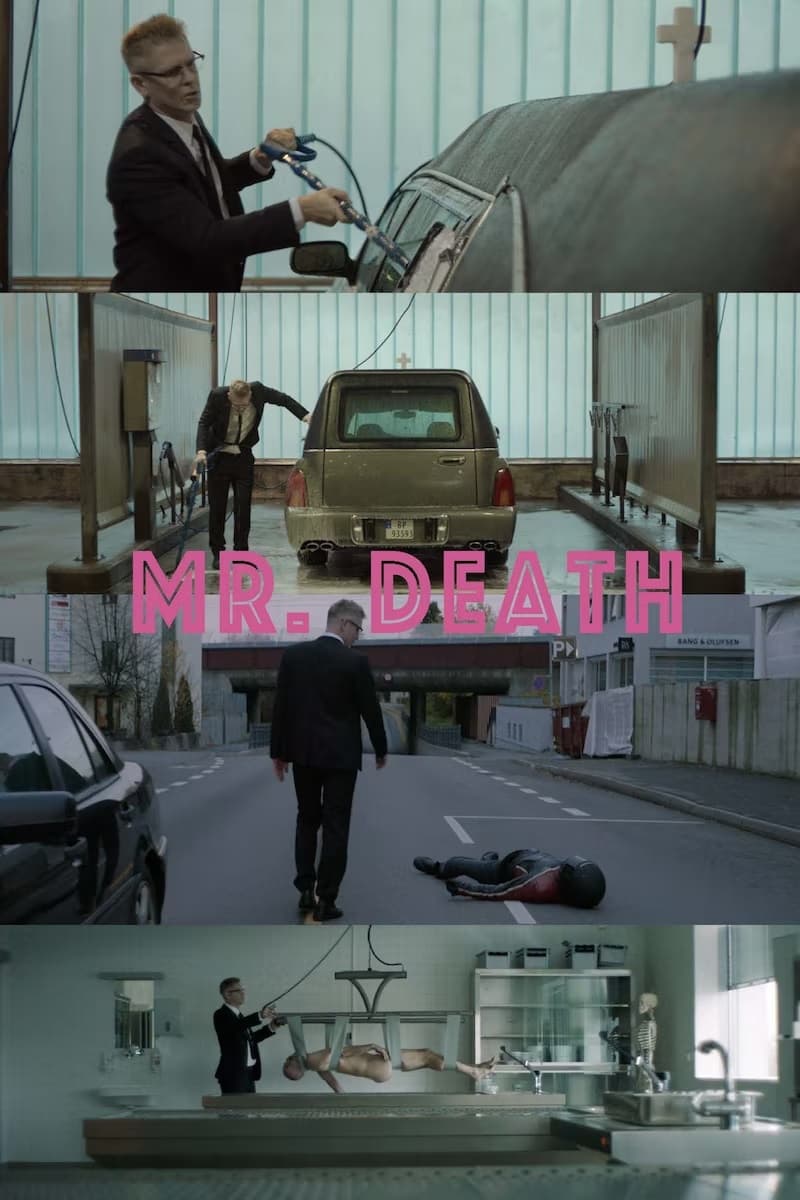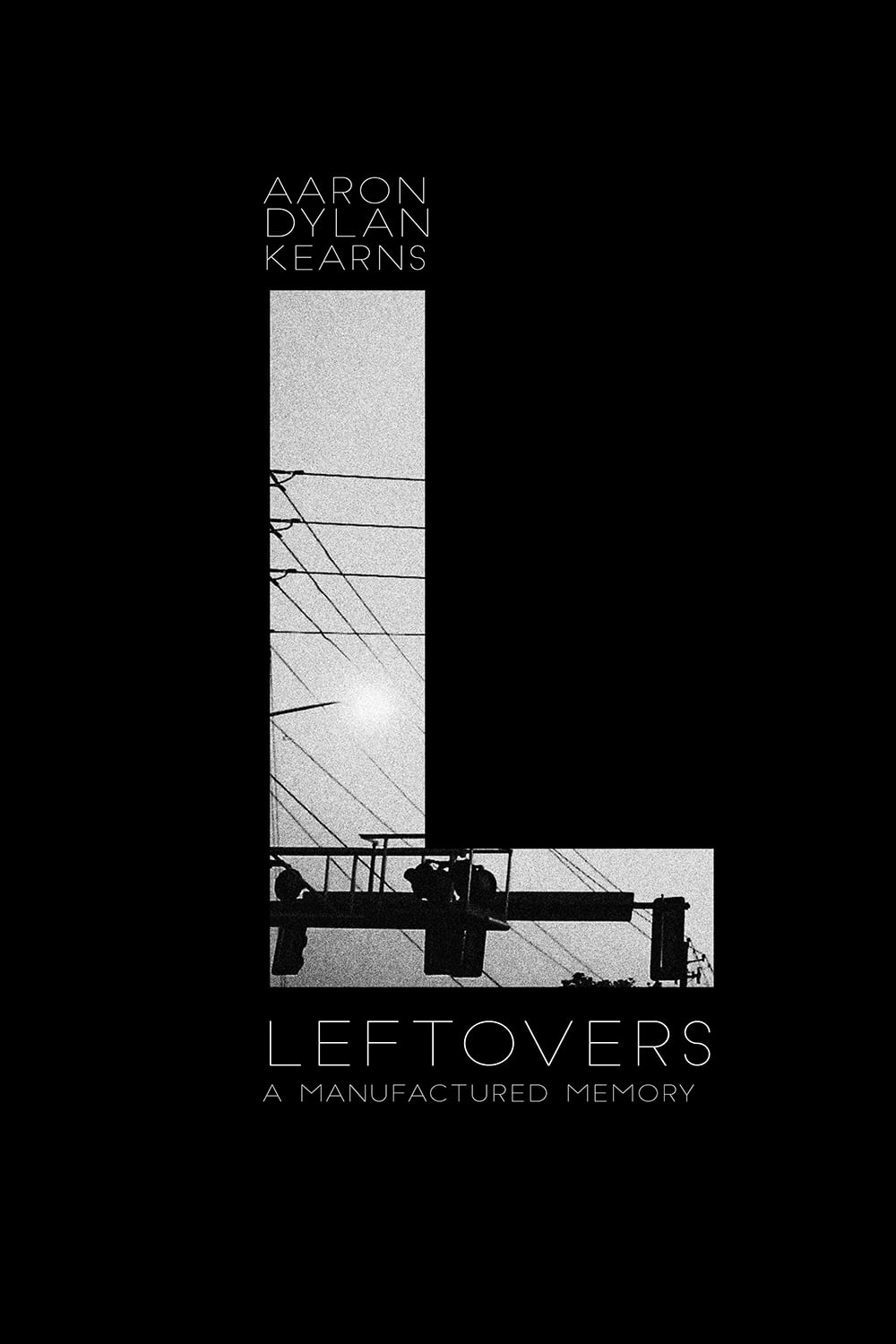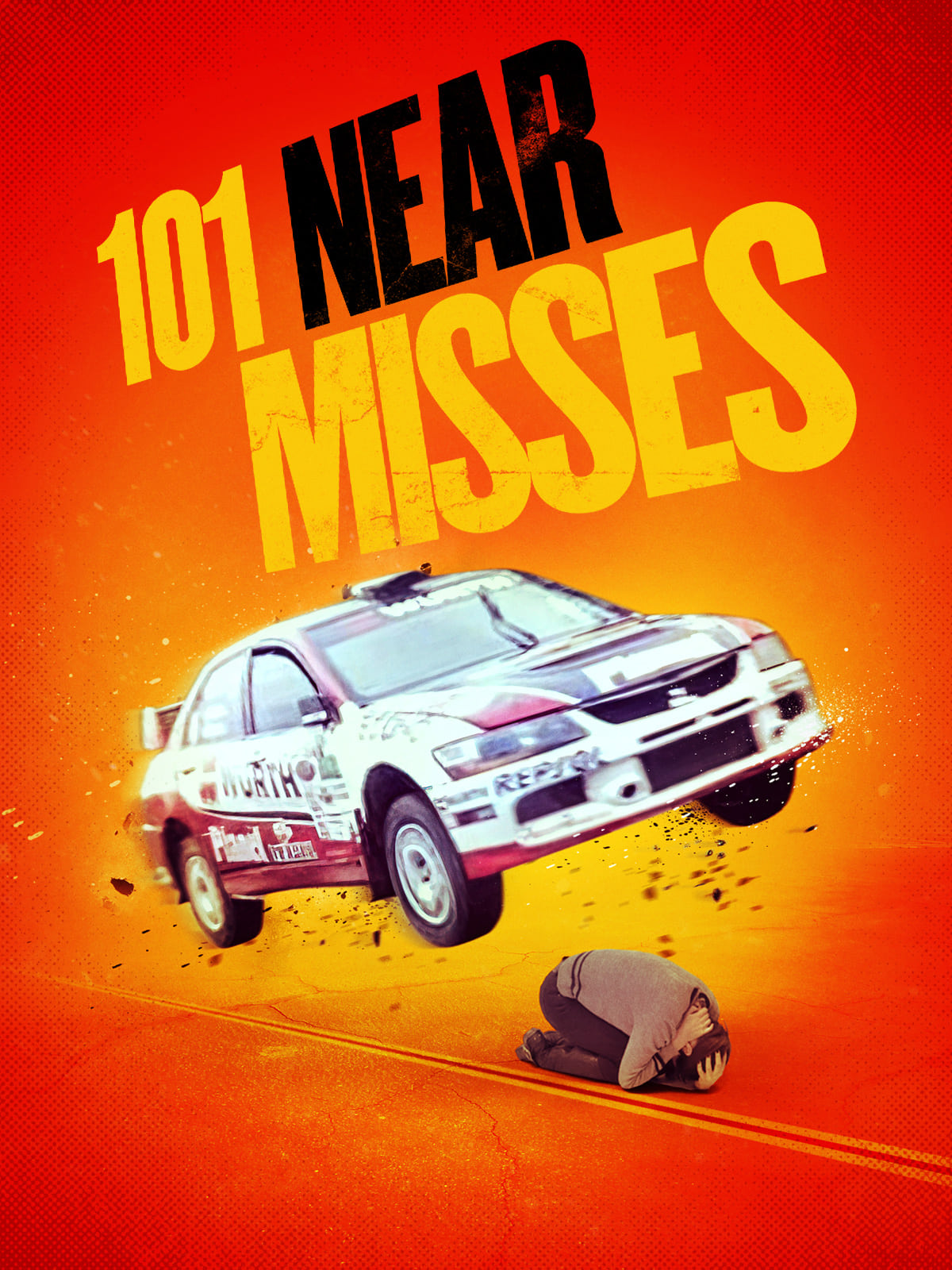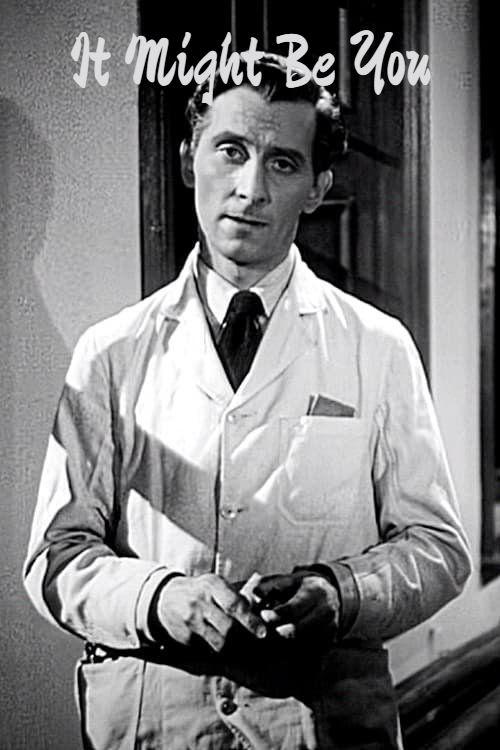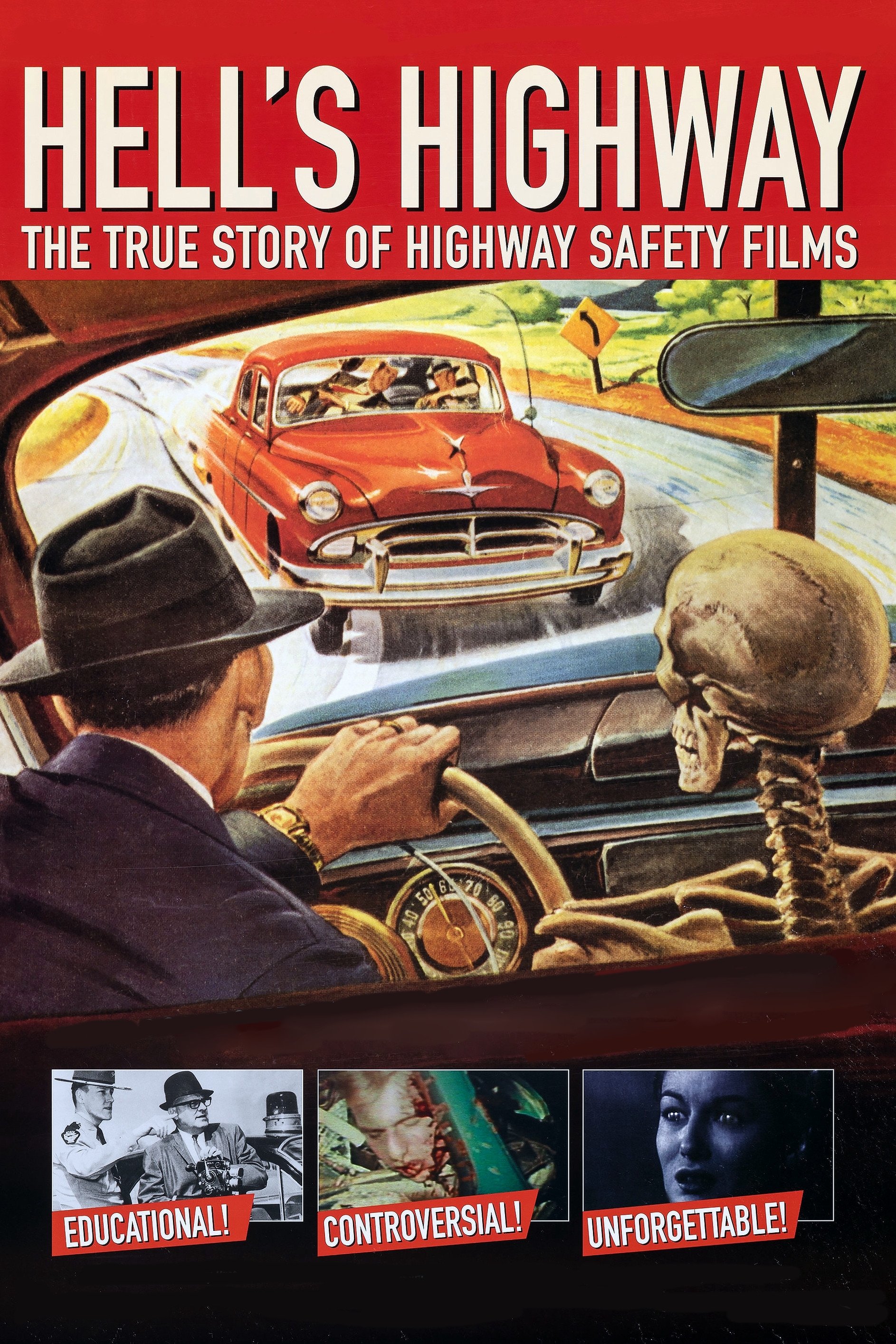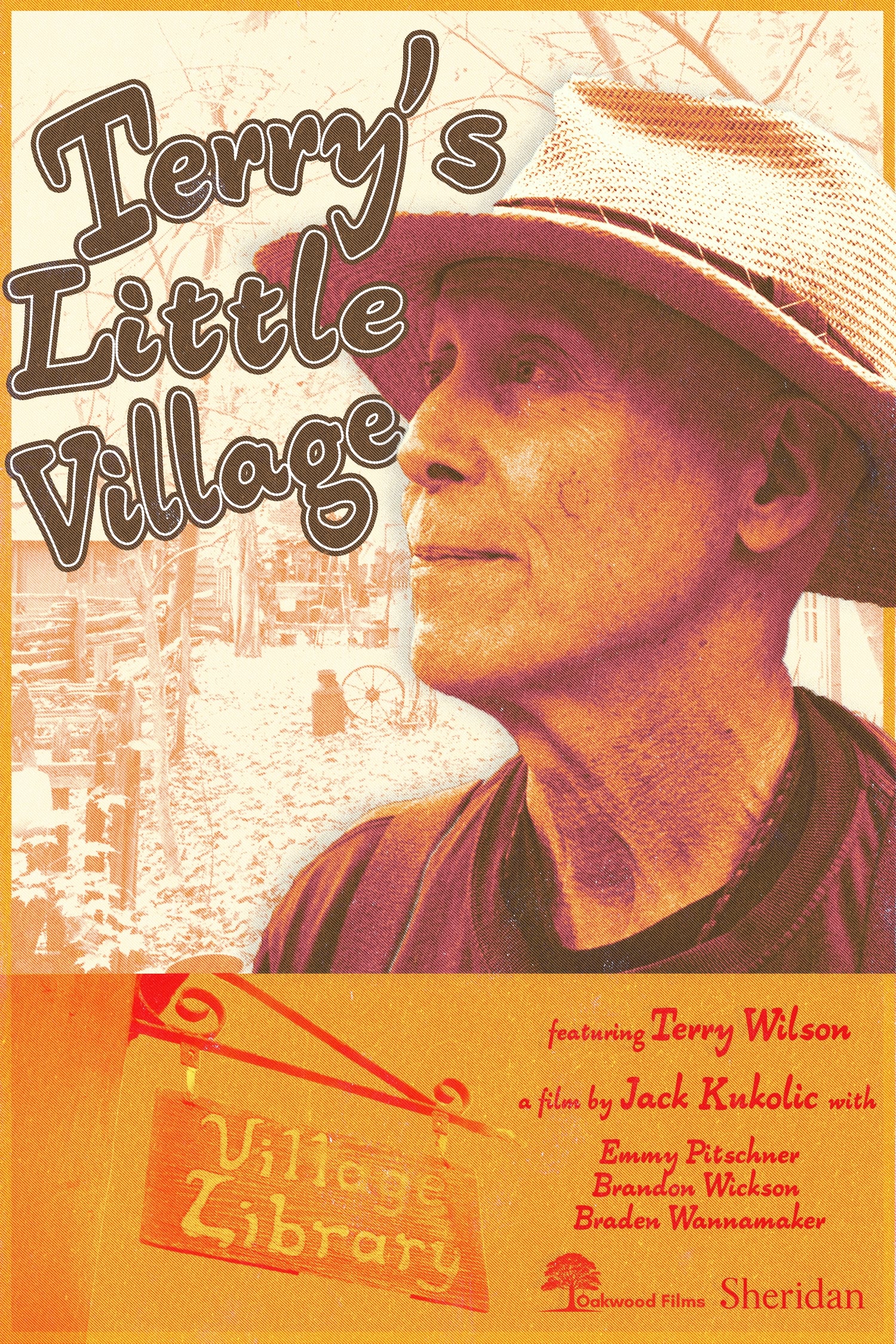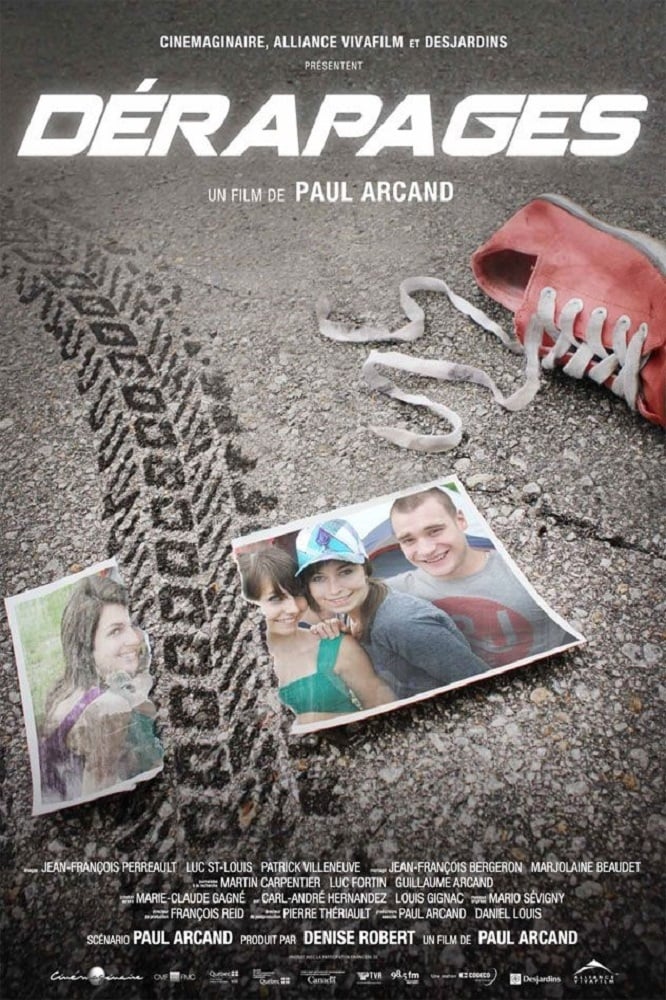Boobytrap!
Watch Movie
Share
Boobytrap!
1972
0h 27m
0.0(0 votes)
Documentary
Overview
In the new world of high-speed highway driving, there are a host of new dangers to take into account.
Links & Resources
Social & External
Production Companies
Cast & Crew
1 member
Acting
Albert Benjamin Kelley
Host / Narrator
No Image
Similar Movies
Recommended Movies

No Recommendations Yet
We're working on finding the perfect movies for you. Check back soon!
More movies coming soon
